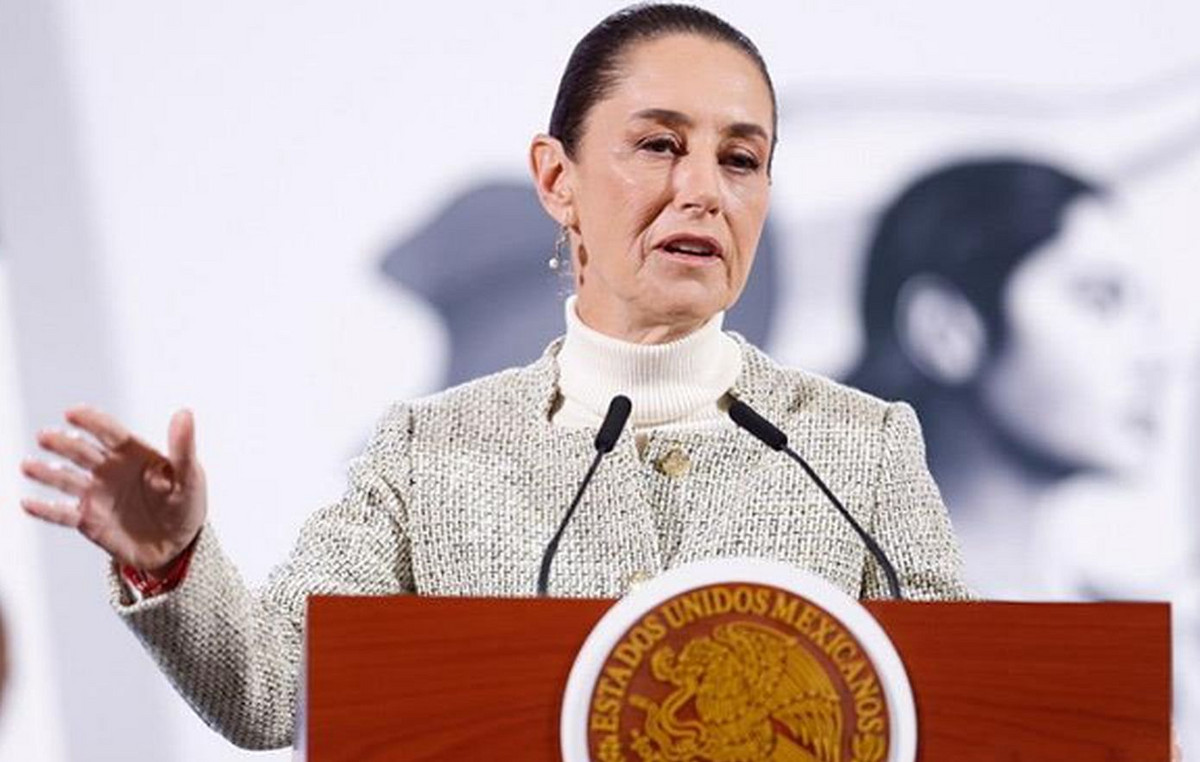A beer, a glass of wine or a cocktail might seem like such an ordinary place that you might not even think about pouring another one, but a new study suggests it may be important for everyone to be mindful of their alcohol use.
An estimated one in five deaths of people between the ages of 20 and 49 are attributable to excessive alcohol use in the United States, according to the study published Tuesday in the JAMA Network Open. For people aged 20 to 64, alcohol-related deaths accounted for 1 in 8, according to the study.
The percentage of deaths attributed to alcohol use varied from state to state, but nationally it is a leading cause of preventable death, said the study’s lead author, Dr. Marissa Esser, who leads the US Centers for Disease Control and Prevention’s alcohol program.
The researchers collected national and state mortality data from 2015 to 2019 and analyzed deaths wholly or partially attributable to binge drinking. Those causes of death include traffic accidents, alcohol poisoning and other health impacts such as liver disease, Esser said.
The data showed that deaths entirely attributable to alcohol have increased over the past decade, Esser added. “I’m not surprised by the numbers,” said David Jernigan, professor of health law, policy and management at Boston University. “This is a conservative estimate.” He was not involved in the study.
Esser said there were deaths that alcohol likely contributed to that study researchers were unable to include in their estimates.
Some conditions may have had alcohol as a factor, but the researchers were unable to verify for sure what role drinking played.
In other cases, they weren’t able to determine whether someone who died of an illness used to drink heavily but then stopped, Esser added.
And people often underestimate how much they’re drinking, Jernigan said. “It doesn’t even get close to the attention it should,” he said. “The bottom line is that (researchers) continue to show that excessive alcohol use is a major problem in the US.”
How to know when it’s too much
For health and safety, Jernigan said the goal of state and local government agencies should be to encourage almost everyone to drink less.
“States and communities can prevent these premature deaths by using evidence-based strategies to reduce alcohol availability and affordability and increase its price,” Esser said. That could mean raising taxes on alcohol or limiting where alcohol is sold, he added.
On an individual level, Esser suggested that people could try to stop or limit their alcohol consumption. The CDC defines moderate drinking as two drinks or less in a day for men or one drink or less in a day for women.
Two-thirds of adults report drinking more than moderate amounts at least once a month, the organization added.
The CDC also estimates that 1 in 6 adults binge drink – defined as having four or more drinks on one occasion for a woman or five or more drinks on one occasion for a man – with a quarter of them doing so at least weekly.
Cutting back on alcohol can have a diet-like effect — the more you tell yourself you can’t have it, the more you crave it, said Natalie Mokari, a registered dietitian nutritionist in Charlotte, North Carolina.
She recommends starting with one less drink than you normally would on each occasion, or breaking a daily habit by limiting drinking to certain days. You can also have sparkling water between drinks or make cocktails that are weaker than usual to reduce your alcohol consumption, she said earlier.
And if you’re overcoming social pressure to drink, remember that people can make you feel bad because they’re uncomfortable with your own relationship with drinking, said Annie Grace, author of “This Naked Mind: Control Alcohol ” in a previous article.
It often helps to have a soft drink on hand at social events, so the offer of a drink doesn’t even appear, said biological psychologist Aaron White, senior scientific advisor to the director of the National Institute on Alcohol Abuse and Alcoholism.
Lower your body’s alcohol intake by eating while you drink, alternating alcoholic and non-alcoholic drinks, and planning alcohol-free days, suggests Harvard Medical School in Boston.
A tool on the CDC website can help individuals assess their consumption and then devise a plan to make healthier alcohol choices.
Source: CNN Brasil
I am an experienced journalist and writer with a career in the news industry. My focus is on covering Top News stories for World Stock Market, where I provide comprehensive analysis and commentary on markets around the world. I have expertise in writing both long-form articles and shorter pieces that deliver timely, relevant updates to readers.







